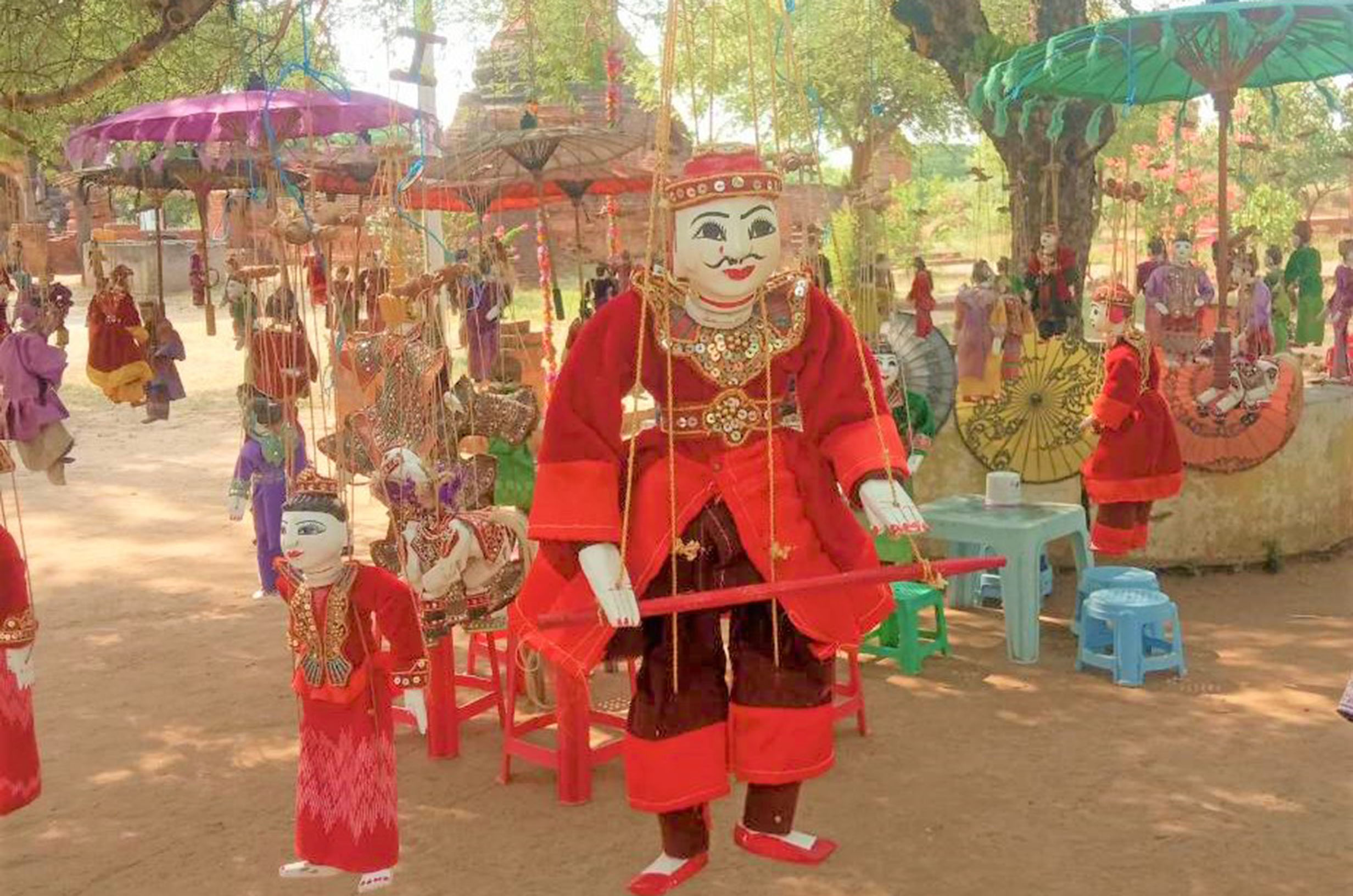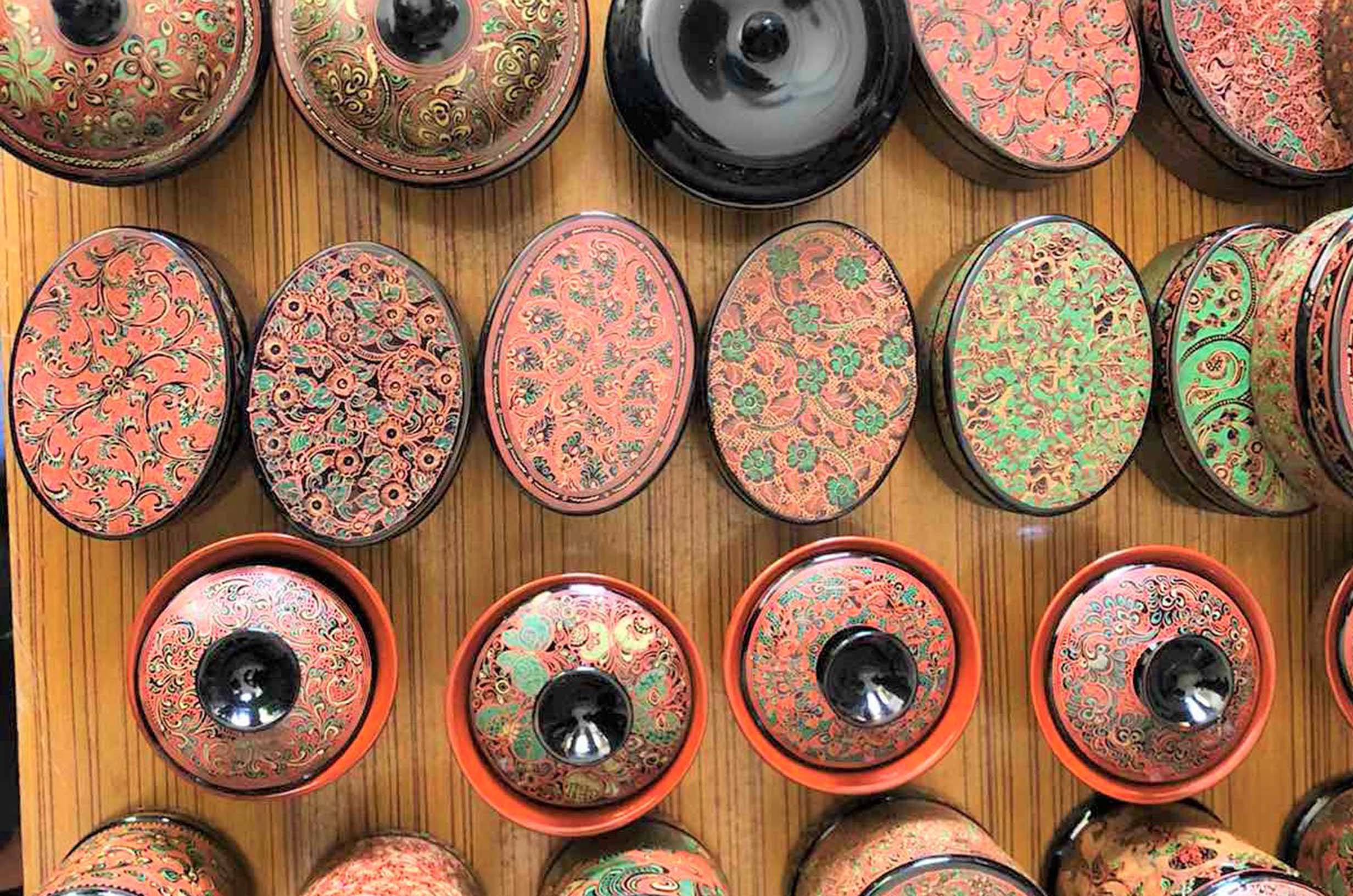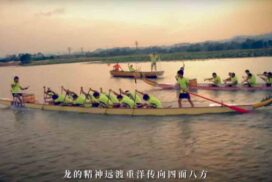By Nyein Thu (MNA)
Preserving cultural heritage from generation to generation shows the cultural prosperity of a country.
Likewise, preserving tangible cultural heritage, maintaining physical artefacts from generation to generation as the country’s lifeblood, and promoting soft power in cultural aspects is the country’s reputation and the contribution to tourism, which can generate significant revenue for the State.
Myanmar has rich natural resources with rivers, long coastline, land and mountain ranges. Bagan, a heart of cultural heritage, is standing proudly in the central region.
Bagan enchanting tourism with its cultural values
Bagan has been boasting its cultural heritage with the ancient temples and pagodas from the 12th Century AD. It’s the invaluable treasure of the country with its architectural wonders and historical features. King Anawrahta of the first Myanmar Empire founded Bagan as well. The visitors can feel the historical significance, prosperity and cultural dynamics of the Bagan dynasty even by walking near the temples and pagodas to date. Despite the loss and damage to the physical artefacts, the eminent Bagan is still the most popular destination for tourists.
Inviting tourists to explore the ancient city
“Bagan and art of lacquerware are coexisting in the Bagan zone. Lacquer (locally called Yun) is one of Myanmar’s ten best well-known traditional arts and crafts (Ten floral arts) and aesthetic finest art. Lacquerware College is providing the technology of lacquerware arts to maintain traditional lacquerware from extinction and pass it on to future generations. The college offers a two-year diploma and shares the technology with the locals.
Bagan Lacquerware College, in cooperation with Asian Lacquer Craft Exchange, is exchanging lacquer arts from Asian countries. There are lacquer craft exchange programmes in Japan, China, the Republic of Korea, Thailand, Cambodia, Viet Nam and Laos. They are temporarily suspended in the COVID pandemic. There were teacher exchange programmes between Myanmar and development partner Japan. Japanese lecturers conducted an intensive course for the locals executing lacquerware for living.
The lacquerware technology college is an institution where the technology of lacquerware is offered to meet international standards, preserve traditional lacquerware, and not lose its grip. Furthermore, tourists can also explore lacquerware at the Lacquerware Museum on campus. More than 400 lacquerware, including traditional items maintained from the 12th century AD, is showcased at the museum. The foreigners usually visit there. Also, the lacquerware production hall features production stages from the raw materials (bamboo, timber). The foreigner is charged K2,000 to enter the museum and hall, and the earnings will go to the revenue of the State.
Moreover, over 40 antique lacquer objects have been collected with the State’s budget. Also, there are two buildings for the foreigners to explore the arts of lacquerware at the college. Additionally, lacquerware shops also offer items produced with Japanese techniques and traditional ones. The college will be reopened on 12 May 2022, so the tourists are cordially invited,” said Daw Nilar Myint, a principal of the college said.
Preserving and protecting the lacquerware arts to date and maintaining temples and pagodas from the Bagan dynasty is a price of the Bagan zone. The locals have been preserving it as vocational education and passing on the future generation is a national responsibility. Lacquerware College (Bagan), operated under the Department of Cooperative and the Department of Small-Scale Industries, is preserving the lacquer arts from the threat of extinction up to now.
Academic upgrading of the College
Lacquerware College (Bagan) was started as a lacquerware vocation school in 1924 and upgraded to Myanma Lacquerware Institute in 1995 and Lacquerware College on 23 December 2003.
Aims and objectives of the College
The college is opened to preserve Myanmar’s traditional heritage from the Bagan dynasty, protect the endangered lacquer craft from extinction, provide technical assistance to the lacquer industry to promote and maintain traditional crafts and produce artisans and lacquerware professionals to be well-known experts with business knowledge.
Emergence of self-help lacquerware vocational school
The vocation of making lacquerware is also preserving the country’s cultural heritage. Retired assistant to Officer of Bagan U Ba Tin in Colonial era, was a person who appreciated traditional arts. He tried to establish a lacquerware vocational school for the sustainable development of lacquer crafts in Bagan city. U Ba Tin met with lacquerware experts and opened a self-help school. In 1924, the state-owned school was opened.
Upgrading to college level
The government changed the course duration of the lacquerware vocation school from three years to one year in March 1960. The school offered a one-year course every year from March 1960 to March 1965. According to a meeting (32/94) of the Union Government of Myanmar on 31 August 1994, the school was upgraded to Myanma Lacquerware Institute. Later, it was turned into Lacquerware College in December 2003.
Completing bachelor degree
Those enthusiastic with graduate (under 35 years) and under-graduate (under 25 years) education can join a two-year diploma course. Those who successfully accomplished the two-year diploma course starting from the 2005 intake are entitled to attend the Co-operative University to learn business science and receive a bachelor’s degree.
Cooperation with international institutions
Lacquerware College (Bagan) was made partner with Japan for lacquer craft exchange programmes in 1953. At present, it’s working together with the Universities of arts in Japan, China and Thailand to exchange lacquer crafts.
Creating job opportunities for the trainees
The college produced 2,564 trainees between 1924-1925 and 2019-2020 academic years. Of them, 15 can set up their own business, 80 serve as civil staff, and 550 join private firms. Three of them are engaged in the lacquerware industry for a living. The college helped them to hunt for jobs.
Translated.



















